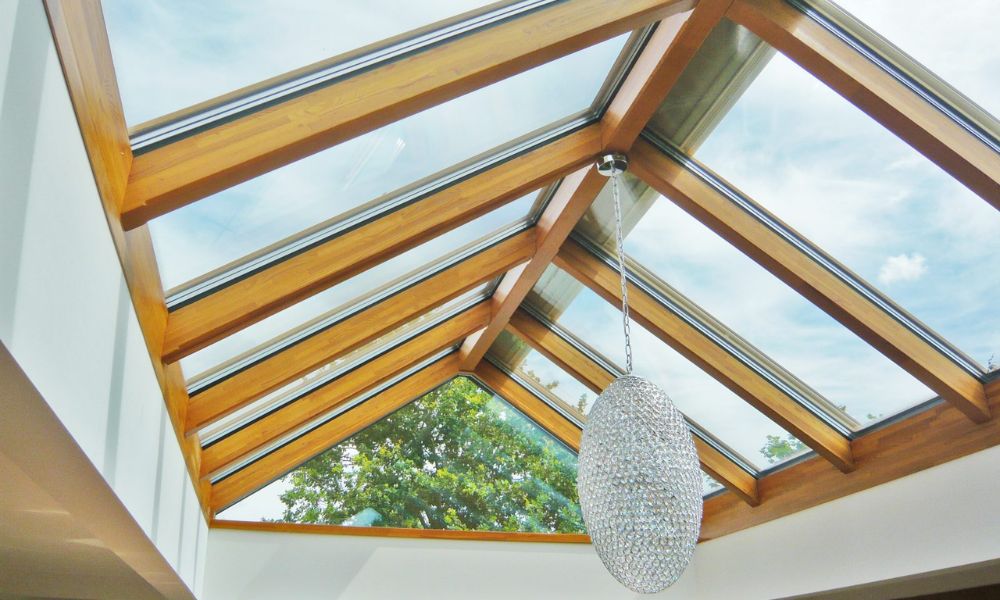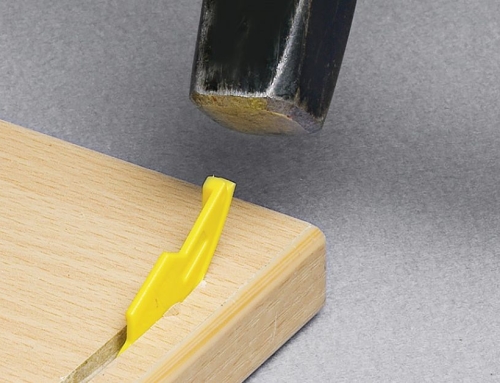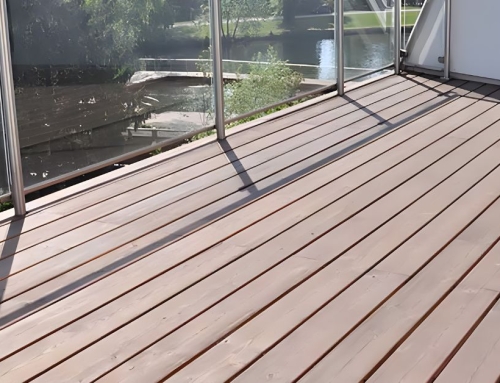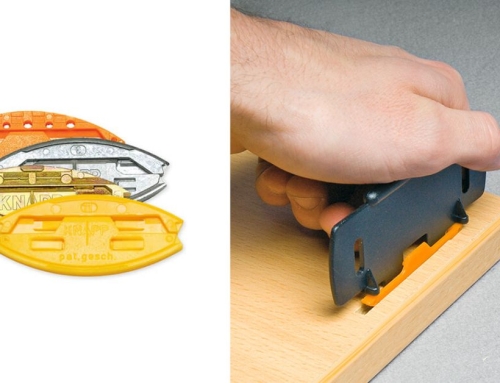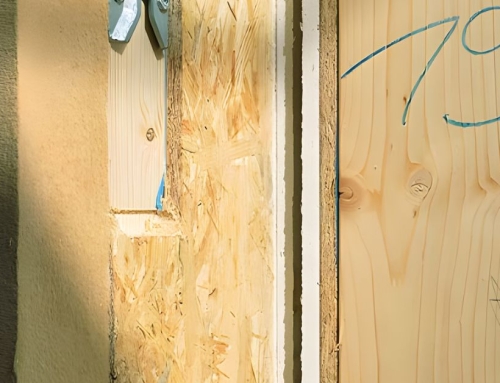No matter your level of professionalism or experience, it doesn’t hurt to brush up on the best connectors and fasteners for your upcoming projects. Knowing the best techniques and the strongest fasteners and connectors is important when connecting massive pieces of wood. This way, your structure is secure and has less chance of collapsing.
When choosing connectors and fasteners for timber frames, your main priority is to build with integrity. Below are some of the strongest connectors and fasteners for structural projects to ensure your building is safe and secure.
Traditional Connectors
Two traditional connectors are used when building timber frames: dowel fasteners and shear connectors. The type of connector you use solely depends on the weight of the load it’s supporting. While dowel types distribute the load through the depth, shear connectors distribute across the surface. Knowing this bit of information will help you find the appropriate fastener or connector to use.
Dowel Fasteners
The most common and traditional way of connecting wood pieces is by using dowel-type fasteners. These fasteners include studs, bolts, screws, and nails. They come in various forms and have different strength properties. For example, if you need to connect heavy lumber, use lag bolts since they’re the most durable fasteners.
If you need a durable and aesthetically pleasing fastener, you should use our sKLICK Dovetail Connector or DUO System.
Beam Hanger
Beam hangers are simple and quick ways to join timber frames. These fully concealed and small connectors transfer the load throughout the structure, holding the beams in place and limiting warping over time.
RICON Connectors
Our RICON connectors are self-tightening and adjustable, which makes them flexible and easy to use. You can also use these connectors for single or double-joint projects that don’t require much knowledge to assemble.
These concealed fasteners are popular choices among many contractors and woodworkers. Beam hangers are perfect for various projects, like gazebos, residential timber structures, glulam beams, or wooden curtain walls.
Traditional Joinery
Another way to connect your wooden pieces is by using traditional joinery. While other methods combine elements with metals, binders, or adhesives, traditional joinery uses only wood. Methods like halved joints, box joints, or dovetail laps are conventional joinery methods. Traditional joinery has stood the test of time and proven over and over that it’s a reliable form of connectors and fasteners for timber frames.
Before choosing connectors and fasteners for your timber frames, check out our sampler packs at Knapp Connectors. We offer a pack of various connectors or fasteners you may need for your project. We believe in weighing all options before committing to a fastening method. Check out our online store and contact us for more information!

